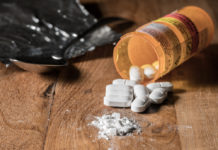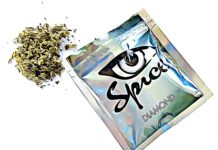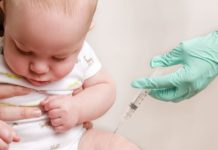numbers of babies born with NAS, in line with the national opioid crisis. “The incidence of NAS has increased from about 1 in 1,000 to almost 6 in 1,000 hospital births,” he said. “In some places like West Virginia and Maine, this number is 33. Even modest decreases in the length of treatment or hospitalization would result in a substantial decrease of resources used. But there are also less quantifiable but important benefits, such as a strengthened maternal bond, possibly increased breastfeeding rates and decreased exposure to medications.”
Kraft said the discovery could make it easier to treat babies born with NAS, but he believes it’s just as important for mothers who use drugs to get the help they need to ensure the long-term health of the children.
“I want to highlight that an approach to NAS begins with treating mom as an outpatient, with the mantra that a healthy mom in recovery means healthier infants,” he said. “A well-organized system with trained staff and a uniform approach is probably more impactful than the specific choice of medication.”
NAS has a spectrum of severity, and Kraft said the goal should be to minimize the number of babies needing drug therapy after birth. But in the meantime, his findings point to using buprenorphine as a treatment.
“Even with better national opioid control and maximizing maternal care, there will be infants with in utero exposure who will require pharmacologic therapy for NAS to promote growth and development, and relieve withdrawal symptomatology. This study answered the question of what drug is the best,” he concluded.















